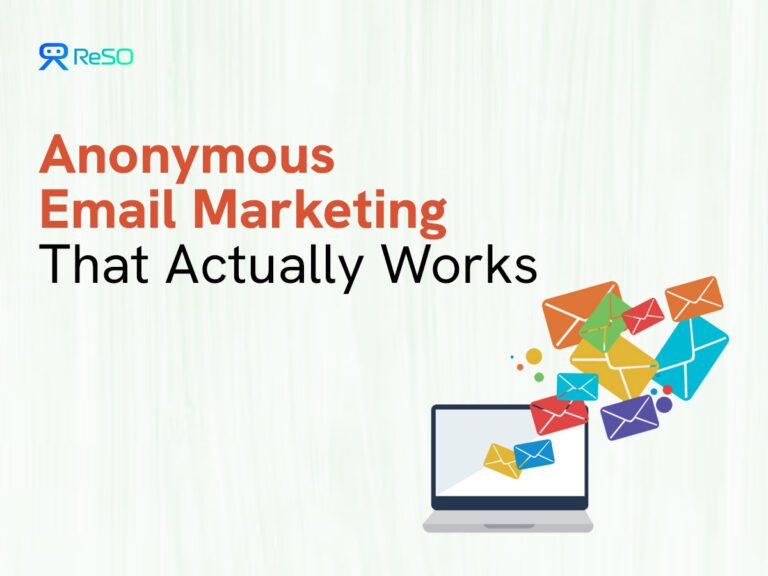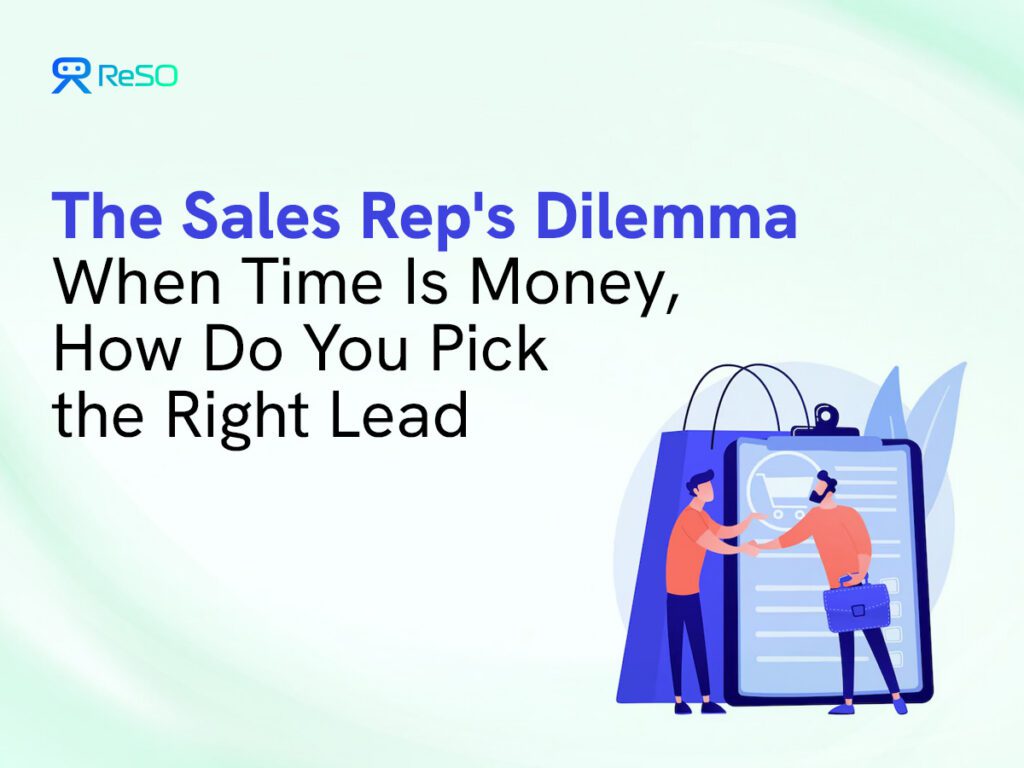The idea of sending anonymous emails probably makes you think of spam folders and sketchy tactics. 63% of consumers stopped buying from brands due to privacy concerns in 2025. Meanwhile, email marketing still delivers the highest ROI of any marketing channel.
So how do you respect privacy while still reaching your audience effectively? Anonymous email marketing is your answer when done right.
But before you think “anonymous = shady,” let me change your perspective. Smart marketers use anonymous email for legitimate reasons: unbiased market research, whistleblowing channels, crisis communications, and even A/B testing sender credibility.
The key? Doing it legally, ethically, and effectively.
Why Anonymous Email Marketing Isn’t Just About Hiding
The best anonymous email campaigns aren’t about hiding at all. They’re about focusing on your message instead of your messenger.
Think about it. When someone receives an email from “[email protected]” asking for honest feedback about their competitor, how honest do you think that feedback will be? But the same request from a neutral research email? Completely different response.
Here are the legitimate reasons smart businesses go anonymous:
- Market research without bias – Get honest opinions about competitors or industry trends
- Whistleblowing channels – Create safe spaces for reporting internal issues
- Crisis communications – Sometimes you need to share sensitive information quickly
- A/B testing sender credibility – Test if your brand name helps or hurts open rates
- Competitive intelligence – Gather information without revealing your company’s interest
Anonymous doesn’t mean deceptive. When done transparently (yes, that’s possible), it builds trust.
The Legal Stuff (Don’t Skip This Part)
Before we dive into tactics, let’s talk about staying out of trouble.
Here’s what you absolutely must include, even in anonymous emails:
- Clear unsubscribe option – One-click unsubscribe that actually works
- Your physical address – Yes, even for anonymous emails (use a PO Box if needed)
- Honest subject lines – No deceptive “Re: Your Order” tricks
- Legitimate business purpose – Spam is spam, anonymous or not
Just because you’re anonymous doesn’t mean you’re invisible to law enforcement. CAN-SPAM Act violations can cost up to $53,088 per email, according to the Federal Trade Commission (FTC). Yeah, you read that right.
So, if you don’t want to receive it, don’t send it.
5 Anonymous Email Methods That Actually Work
| Method | What It Is | Best For | How to Use / Setup Steps |
| ProtonMail | Encrypted email service with no IP tracking or required personal info | Legit business emails, market research, surveys | 1. Sign up with a business-appropriate username2. Add professional signature3. Use regularly |
| Gmail Aliases | Gmail’s alias feature lets you create different sender addresses from one account | Small businesses, departmental comms, testing | 1. Use format: [email protected]. Use aliases for different needs/teams |
| Anonymous Email Marketing Platforms | Platforms built for privacy-compliant, anonymous mass email sends | Larger campaigns, compliance-heavy businesses | 1. Choose a reputable platform (example: Guerrilla Mail, TempMail)2. Set up your campaigns |
| Custom Domain + Alias | Use generic/role-based addresses from your own company domain | Building trust, department surveys, and market research | 1. Create addresses like research@ or feedback@2. Send from these for anonymity |
| Third-Party Anonymous Services | Outsourcing to providers specializing in anonymous or encrypted email sending | High-stakes, legal protection, complex compliance | 1. Vet providers for compliance/support2. Set up a custom solution as needed |
The #1 Problem: Getting Past Spam Filters
Anonymous emails have terrible deliverability rates.
Spam filters assume anonymous = spam.
Start Small and Build Reputation
Don’t send 10,000 emails on day one. Start with 50, then gradually increase volume as you build sender reputation.
Make Your Content Spam-Filter Friendly
- Avoid excessive exclamation points!!!
- Don’t use ALL CAPS anywhere
- Include more text than images
- Skip words like “FREE,” “GUARANTEED,” “ACT NOW”
Use Authentication (Yes, Even for Anonymous Emails)
Set up SPF and DKIM records for your domain. It sounds technical, but your hosting provider can usually help.
Monitor Your Metrics
- Open rates below 15%? Your emails might be hitting spam folders
- High unsubscribe rates? Your targeting or content needs work
- Complaints? Stop immediately and reassess your strategy
Best Practices That Separate Pros from Amateurs
Be Transparently Anonymous
Bad: “You’ve been selected for an exclusive opportunity!”
Good: “Hi! We’re conducting anonymous market research for the fintech industry. This survey takes 3 minutes and helps us understand industry trends.”
Create Value First
Don’t just ask for something. Provide value upfront: insights, resources, or useful information.
Segment Your Approach
Different audiences respond differently to anonymous communication:
- C-level executives: Need clear business justification
- Researchers: Appreciate academic-style neutral communication
- End users: Want to know “what’s in it for me?”
Use Professional Design
Anonymous doesn’t mean amateurish. Use clean, professional email templates that look legitimate.
Test Everything
- Subject lines (anonymous senders need compelling subjects)
- Send times (might be different than your branded emails)
- Content length (shorter might be better for building trust)
- Call-to-action placement and wording
Measuring Success (Without Compromising Anonymity)
Key metrics to track:
- Deliverability rate – Are your emails reaching inboxes?
- Open rates – Are people reading your anonymous emails?
- Response rates – For surveys or feedback requests
- Unsubscribe rates – Should stay below 0.5%
- Spam complaints – Should be virtually zero
Tools that work with anonymous emails:
- Google Analytics (for tracking website visits from email)
- UTM parameters (to track campaign performance)
- Survey platforms (for feedback collection)
Create a simple landing page for each anonymous campaign. It helps track engagement without compromising sender identity.
Your Anonymous Email Action Plan
| Week | Focus Area | Key Tasks |
| Week 1 | Legal Setup | – Review compliance requirements for your industry- Set up physical address (PO Box if needed)- Create a privacy policy that covers anonymous communications |
| Week 2 | Technical Setup | – Choose your anonymous email method- Set up authentication (SPF/DKIM)- Create professional email templates |
| Week 3 | Test Campaign | – Start with a small list (50-100 people)- Send one test email- Monitor deliverability and engagement |
| Week 4 | Optimize and Scale | – Analyze results from test campaign- Adjust approach based on performance- Gradually increase volume if results are positive |
Don’t skip Week 1, even if you’re eager to start sending. The legal foundation protects your business and builds recipient trust from day one.
Anonymous email marketing isn’t about being sneaky; it’s about respecting privacy while still delivering value. When done legally and ethically, it can be incredibly effective for market research, crisis communications, and building genuine connections with your audience.
The goal isn’t to hide forever. It’s to remove bias, protect privacy, and focus attention on your message rather than your messenger. Ready to implement privacy-first email marketing that respects your audience AND drives results? Book a call with ReSO to help you navigate compliant, effective email marketing strategies that build trust while protecting privacy.








